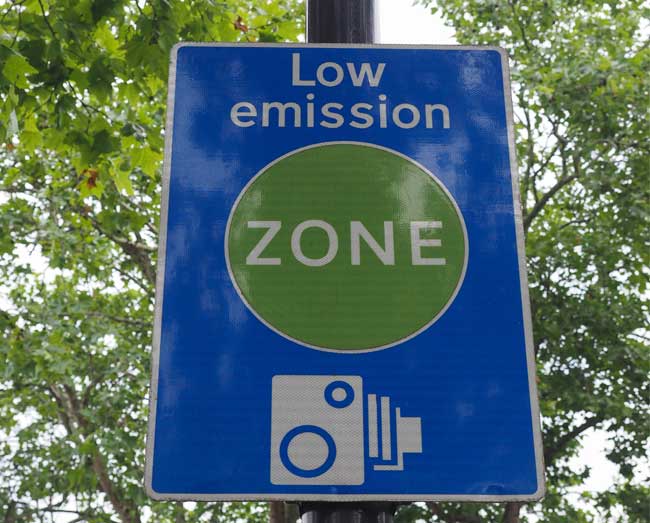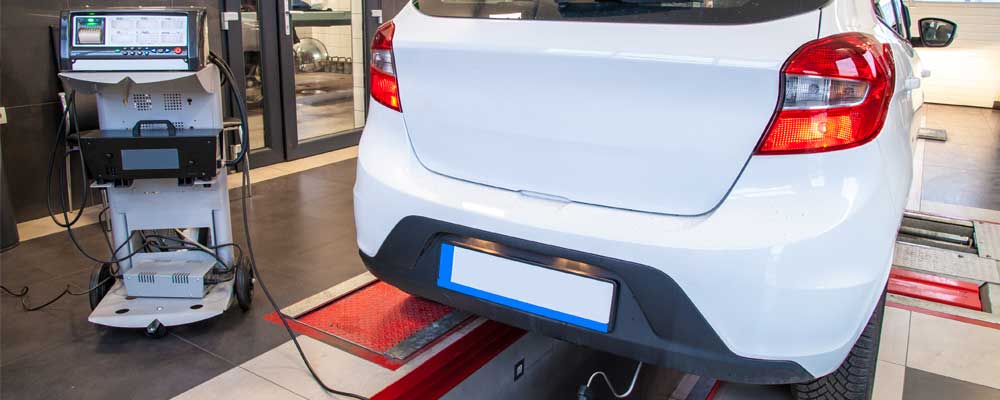What is CO2?
Carbon dioxide, CO2, is a gas in the Earth’s atmosphere, that occurs naturally but can also be emitted as a pollutant by a host of different activities, the most common of which is the burning of fossil fuels.
Naturally occurring levels of CO2 are balanced in the Earth’s atmosphere by natural processes like plants absorbing it through the photosynthesis process. However, as humanity has industrialised and we have increased the activities that produce more CO2 whilst reducing the amount of vegetation and its mitigating effect.
One of the biggest ways that individuals contribute to CO2 emissions is through driving vehicles with traditional combustion engines which emit pollutants including CO2.
Why Should I Care about CO2 Emissions?
There are a number of reasons for you to look at the CO2 emissions of a vehicle when deciding if a model is right for you, and these include road tax, company car tax, MOT testing, air pollution and Low Emission Zones (LEZs).
CO2 and Road Tax
The amount of road tax you pay for a vehicle is based on the amount of CO2 it emits, so if you are liable for paying the road tax on a vehicle the lower CO2 emissions your car has the lower the road tax.
With most company cars it will usually be the business who covers the road tax, and so while this might not have as much of a direct impact on your choice you might find that you’re directed towards lower emission vehicles.
CO2 and Company Car Tax
If you are a driver who uses a company car and is required to pay company car tax then you will want to carefully consider the CO2 emission levels of any model you are interested in as this is factored into the amount of company car tax you will have to pay.
Company car tax is calculated by finding the company car tax rate, which is based on the CO2 emissions, then multiplying this by the P11D value of the vehicle which gives you the benefit in kind (BIK) amount. To find out how much you will need to pay you then need to multiply the BIK amount by your personal tax rate and this will give you the annual figure.
For a more detailed look at company car tax then take a look at this guide.
CO2 and MOTs
If the car you are driving is over three years old then it will need to have an MOT annually. As part of the MOT testing the emission levels of the vehicle will be tested and if they exceed the allowed levels then it will fail the MOT and be undrivable until necessary repairs are completed.
Again, if you have a company car then this might not be as big of a concern for you as this will usually be covered by the business depending on the company car scheme they offer.
CO2 and Air Pollution
The amount of CO2 a vehicle emits not only affects the global air quality but also in your local environment where you are regularly driving. Depending on where you live there may be restrictions on the amount your vehicle can pollute or a fee for driving a higher emitting vehicle.


